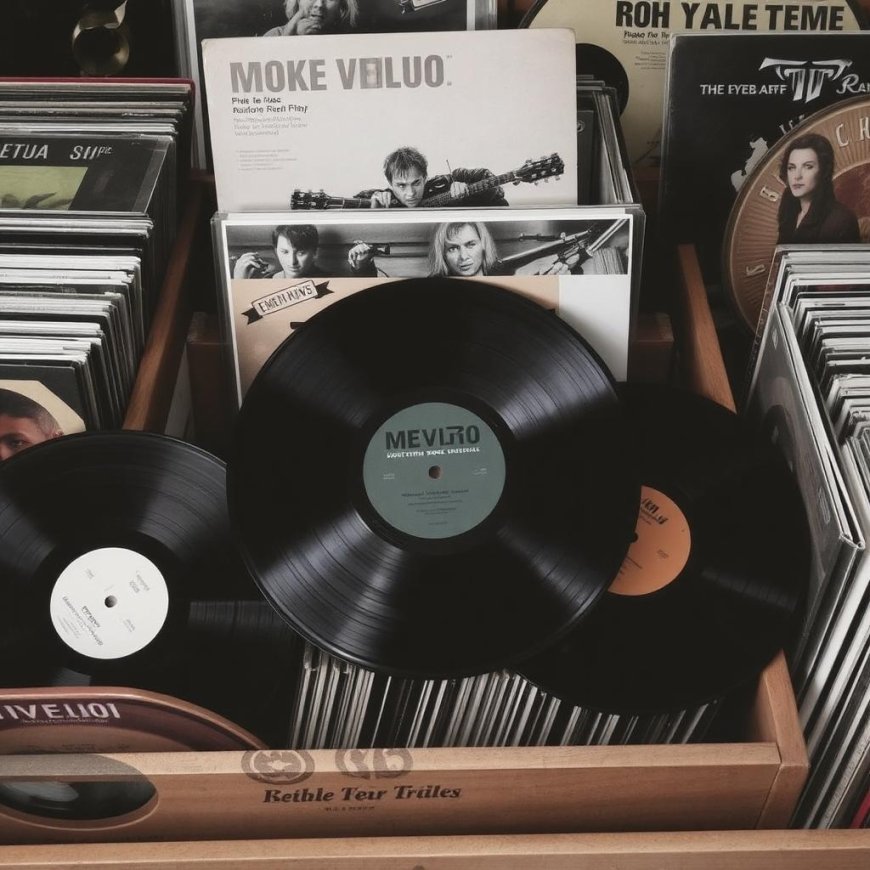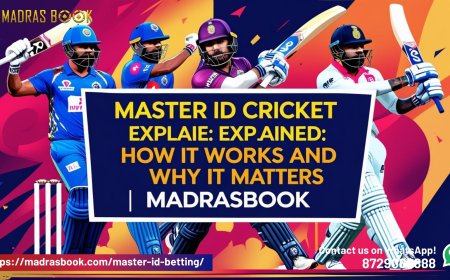The Golden Era of Indian Classical Music on Vinyl

The golden era of Indian classical music on vinyl marks a significant period in the history of music preservation, culture, and artistry. Spanning roughly from the 1950s to the 1980s, this era witnessed the rise of some of the most iconic classical musicians India has ever produced, captured and immortalized on vinyl records. These recordings offered a unique blend of traditional heritage and modern technology, allowing Indian classical music to reach both domestic and international audiences in an authentic, analog form. As we revisit this influential period, we explore why it was called the golden era, the legendary artists who defined it, the role of record labels, and why vinyl remains a treasured format for classical music connoisseurs today.
During this era, India had just gained independence, and there was a resurgence of interest in preserving and promoting cultural traditions. Music played a major role in this cultural revival. Classical forms like Hindustani and Carnatic music, which had once been confined to royal courts, temples, and small gatherings, were now being made available to the masses. This democratization of music was made possible largely due to vinyl records, which brought the nuances of the ragas, talas, and intricate improvisations into living rooms across the country and beyond.
The production of vinyl records in India began to flourish under the efforts of companies like His Master's Voice (HMV), EMI, Polydor, and Odeon. These labels not only recorded music in India but also pressed records locally, making them more accessible and affordable. HMV, in particular, became synonymous with quality Indian classical vinyl. It wasn't unusual for artists to record entire concerts, long-form ragas, or thematic albums specifically designed for vinyl. These recordings were accompanied by beautifully designed sleeves, often with detailed liner notes explaining the raga, the artists background, and the recording process. This added a scholarly and aesthetic value to the records that was unmatched.
The golden era was defined by a galaxy of legendary musicians whose names are etched into the hearts of music lovers worldwide. Pandit Ravi Shankars sitar recitals gained massive popularity both in India and abroad. His collaborations with Western artists like George Harrison and Yehudi Menuhin further elevated his global standing. On vinyl, his intricate renditions of ragas like Yaman and Desh captivated listeners with their meditative quality.
Ustad Vilayat Khan, another sitar maestro, was known for his deeply expressive style. His recordings offered a contrast to Ravi Shankars, with a focus on lyrical phrasing and tonal depth. Ustad Bismillah Khan brought the shehnai into the limelight with his soulful interpretations that found a perfect match in the warm tones of vinyl.
In the realm of Hindustani vocal music, names like Pandit Bhimsen Joshi, Kishori Amonkar, and Bade Ghulam Ali Khan dominated the vinyl landscape. Their voice recordings captured the microtonal precision and emotive power of Indian classical vocalism in a way that digital formats still struggle to replicate.
Carnatic music too found its champions in the golden era. M. S. Subbulakshmis devotional and classical albums became household essentials. Lalgudi Jayaramans violin magic and Semmangudi Srinivasa Iyers timeless voice graced countless records, making them treasured heirlooms. The contribution of playback singers like K. J. Yesudas, who also trained in classical traditions, added further richness to the vinyl catalog.
What set vinyl apart as a medium during this period was its ability to deliver depth and warmth, which suited the sonic character of classical music. Unlike modern digital formats that compress sound, vinyl preserved the natural dynamics of the instruments and the voice. The resonance of the tanpura, the subtle shifts in the tabla, and the delicate ornamentations of vocalists all came alive through the grooves of a well-pressed record.
Moreover, listening to vinyl was a ritual in itself. It required attention, patience, and respect for the art form. This deliberate act of listening created a deeper connection between the music and the listener. Each side of a record usually held a complete raga or composition, allowing the musician to fully develop their ideas and the listener to absorb the performance without distraction.
Another key factor that defined the golden era was the documentation of rare and traditional compositions. Many vinyl records captured ragas that are now seldom performed. They also preserved the unique styles of various gharanas (musical lineages) and regional schools, serving as a valuable archive for researchers, students, and enthusiasts alike.
Even the album art from this period reflected the cultural depth of the music. Cover designs ranged from minimalist depictions of instruments and ragas to portraits of the artists in performance or in spiritual settings. These sleeves became collectors items in their own right and contributed to the tactile joy of owning a vinyl record.
With the advent of cassette tapes in the 1980s and later digital formats, vinyl production in India declined. However, its legacy remained strong. Today, the golden era records are experiencing a renaissance. Collectors across the globe are actively seeking out these vintage gems. Audiophiles prefer vinyl for its authentic sound quality, and younger audiences are discovering the charm of analog listening.
Several record labels have begun reissuing classic recordings, while independent vinyl shops and online platforms like OnlineVinylShop are making rare records available once again. In cities like Chennai, Mumbai, and Kolkata, niche record fairs and classical music festivals often include vinyl listening sessions, further fuelling interest.
The golden era of Indian classical music on vinyl was more than a technological phaseit was a cultural movement that preserved the soul of Indias musical tradition. It bridged the gap between the guru-shishya tradition and the modern audience. It allowed millions to experience the transcendental beauty of ragas, the discipline of rhythm, and the divinity of musical expression.
As we look back, it's clear that this era laid the foundation for the modern appreciation of classical Indian music. And as vinyl continues its resurgence, it reminds us that some things are timelessjust like the music etched into those black discs.
































